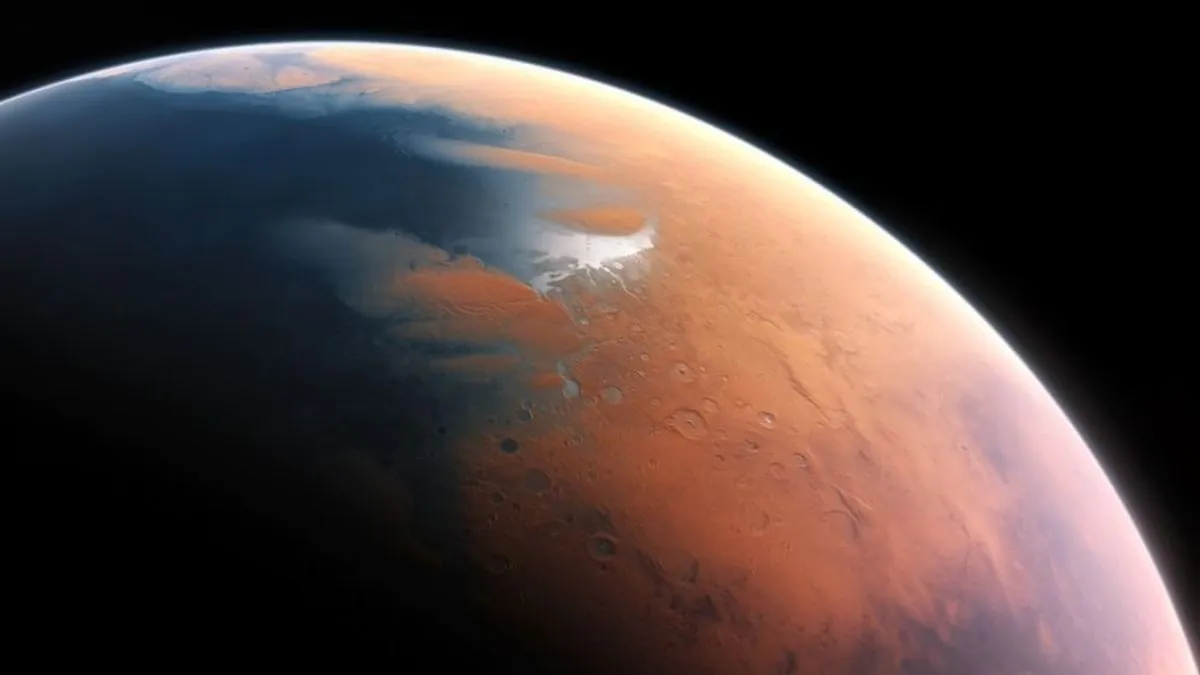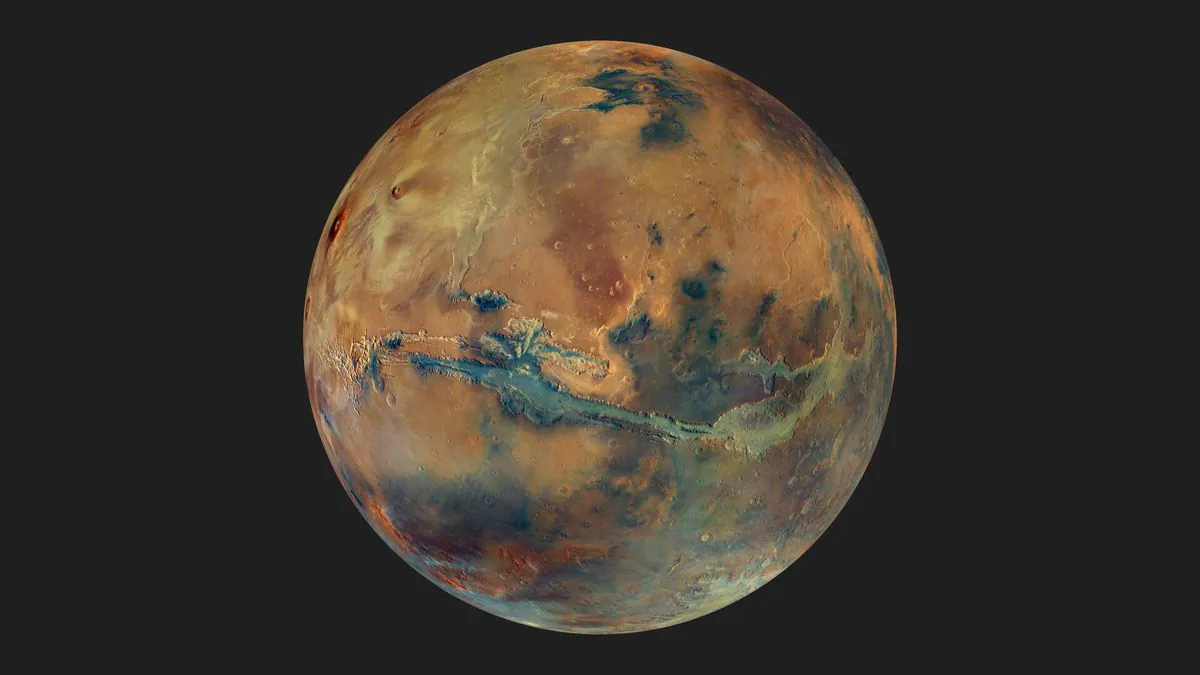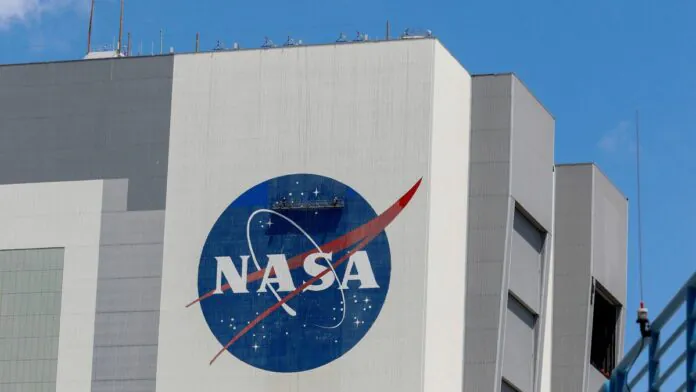© ROOT-NATION.com - Use of content is permitted with a backlink.
The National Aeronautics and Space Administration’s (NASA) Office of the Inspector General, the agency’s auditor, found that the Mars Sample Return (MSR) program ran into serious problems in its design, let alone its implementation. There are three spacecraft under development for the MSR program, and all are far from complete.
Firstly, the MSR program needs a spacecraft capable of reaching Martian orbit and then returning to Earth with soil samples. In addition, a lander is required to descend to the surface of the Red Planet and collect sample containers prepared by the Perseverance rover. In addition, a module is needed that will deliver samples from the surface of Mars to an orbiter for their subsequent shipment to Earth. None of these modules are ready yet.

An audit by the Office of the Inspector General found that the MSR program “faces serious obstacles to completing the development phase in a timely and efficient manner – creating a sustainable project with realistic cost estimates and timelines.”
The development phase is at least seven months behind schedule, mainly due to known technical difficulties. These and other problems led to the fact that the mission’s budget increased from the initial $2.5 billion to $7.4 billion. The agency believes that this “calls into question the feasibility of the program” from a financial point of view.
Initially, NASA believed that cooperation with the European Space Agency (ESA) would facilitate the implementation of the program to deliver Martian soil samples to Earth. However, in reality, everything turned out to be not quite so. The audit found that the two aerospace agencies “face challenges related to schedule transparency, asynchronous design progress, and workload distribution that appear to be driven by differences in the agencies’ operational approaches, procurement strategies, and funding mechanisms.”
The challenges will become more apparent this month as NASA approaches a key decision point in C when it evaluates whether to move from a design description to the development and production of the specific elements needed to implement the MSR. The Office of the Inspector General is not convinced that the agency should proceed with the project because the agency likely will not be able to formulate an accurate budget at this time. Even if the exact budget is calculated, auditors expect it could be so large that it would harm other NASA projects.

“To maximize the potential for MSR success and minimize the risk of negative consequences beyond the MSR program, NASA must view the program as a comprehensive plan that includes a variety of mission scenarios and takes into account the interests of stakeholders,” the auditors’ recommendations said.
NASA management generally agrees with the findings of the Office of the Inspector General. With “key point C” set to be passed this month, the agency’s plans to deliver soil from Mars to Earth may change or be cancelled altogether.
Read also:
- NASA has completed the preparation of the VIPER robotic lunar rover
- NASA is testing a revolutionary autonomous navigation system on the moon


